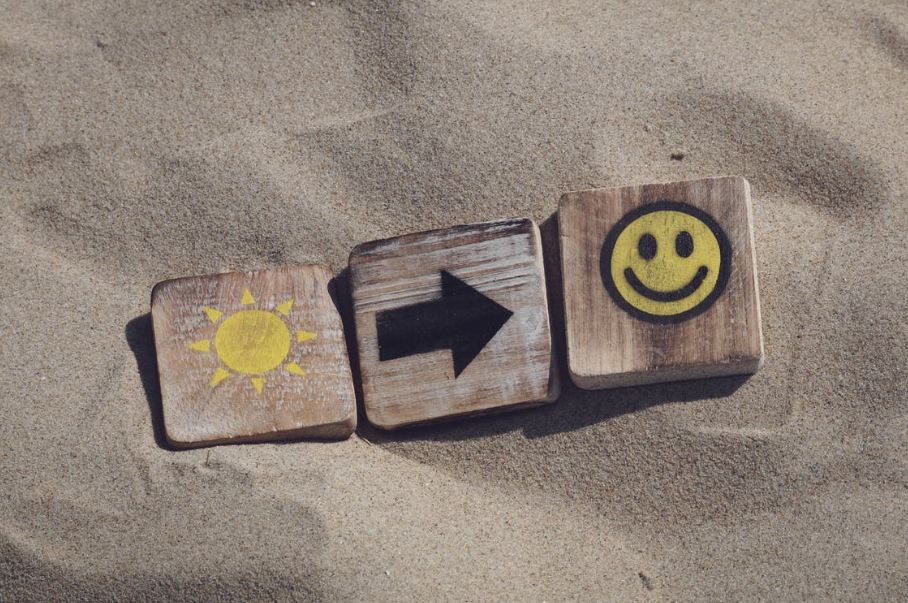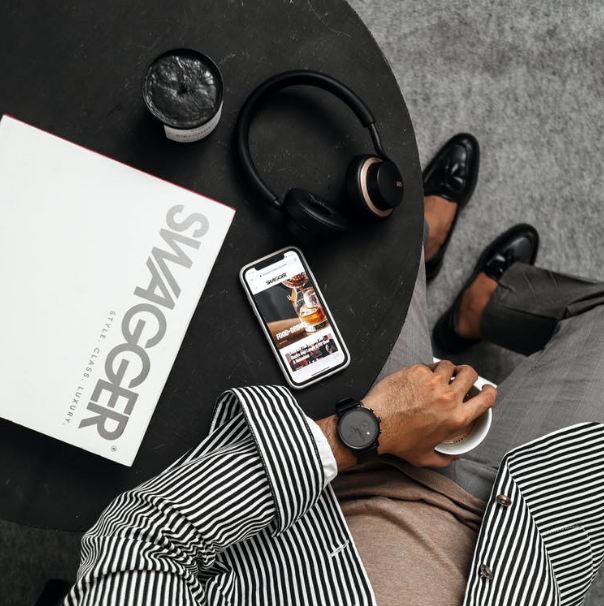Images are powerful means of expression that are accurately reflected in the text. When designing your website, your images should be of the right size and resolution to affect your viewers. So, in addition to choosing the right image for your website, there are additional file format considerations you can consider as part of your web graphics best practices. Visual appeal is important. However, you can’t expect amazing effects using images.
Let’s discuss some ideas to keep in mind when using images on your website. Here are some tips to help you add images to your site.
10 Useful Tips to Effectively Incorporate Images in Websites
1. Use High-quality, Meaningful Images
As soon as a visitor visits your website, you should be able to tell you what your business is doing and how to make money. Add meaningful and effective images to your homepage and other landing pages that instantly clarify the purpose of your site to attract visitors to get more information.
This is usually about using your own image or images of customers using your product/service to provide a convincing and realistic image. Standard images are too diverse to represent their unique added value. However, many organizations are aware that their images lack the size and quality required for the visibility of their website. Then hire a professional photographer to capture your product and do justice.
2. Use Standard Photos
If you don’t have the budget or time to collect professional images for your website or your customers don’t have permission to use them, standard images can be used to convey your identity. Do your best to choose the best photos for your application and industry. For example, the standard image of a businessman sitting in a conference room distracts the visitor and does not say anything about you. When searching for websites with stock images, use very specific long-tail keywords to find the one that suits you best.
3. Image Selection for UI Elements and Icons
Stock vector graphics can be used for icons. Standard vector graphics can be a great source of user interface elements and app and website design icons, especially if you’ve customized them in Adobe Illustrator to match the look of a single website. Using stock photography is about trying to achieve the originality and originality of the brand you are designing-avoiding stereotypes-and icons are the exact opposite. Built-in visual links with specific symbols can be useful to keep the user interface smooth.
4. Find the Context Edit Image for the Page
Similarly, layered style images can help users navigate through edited content. Depending on the site you are building, you may need images to display some subpages, stories, or blog posts. Sending the key to the CMS will most likely calculate it by the client. Again, choosing the right visual effect for the job depends on the situation. Custom images of the right size and quality are perfect, but you may need stock images. However, as with the character’s image, always consider its relevance to the subject.
5. Add Graphics Icons for Convenience
Icons have played a role in software for years as a way to visually engage users to perform tasks. However, it’s also an effective way to give your visitors a choice when you have a lot of options. Ultimately, web usability studies have found a higher bounce rate when visitors have too much text, especially when choosing the segmentation option.
6. Execute Visually stimulating and Interactive Conversations
Graphical buttons are an effective way to get the user’s attention to the next or desired step on your website when the user displays the page. Buttons with bold, thoughtful, and action-oriented points are likely to get the user’s attention.
For example, a recent button designer test on an e-commerce site showed that when the prompt button was changed from text to a more compelling, more powerful color, conversions increased by 35%. Changing the text of a button from a generic shortcut, such as submit, to a specific actionable proverb, such as uploading a white paper, can help by giving visitors visual cues about what they get after a click. Motivate users to proceed. As a result, more clicks are generated.
7. Think of Different Crop Sizes and Conditions
When cropping to different screen sizes and shapes, it focuses on the subject of the image.
Choosing the right image and then cropping it is a designer skill. Care should be taken to warn the user of the main focus of the image without leaving too much unnecessary dead space.
But this is a careful balance. Fully responsive websites can destroy images if not properly designed for different screen formats and aspect ratios, and may move unexpectedly when displayed on a phone or tablet, for example. The good news is that you can always preview how your images will look on a phone. And many themes automatically render their size for the small screen.
8. Use 3 Images or Graphics for Each Web Page
Share text on web pages and blog posts with images, icons, or graphics. We recommend that customers use at least 3 images on each website, even in their blogs. Sometimes it can be hard to think of a good photo to post on your blog. Get creative here! If possible, add product and demo screenshots. You can also include logos or certificate marks in blog posts that highlight specific services and products.
9. Always Optimize Images for SEO
When you’re redesigning your website or updating your content, it may seem like another thing to do on your to-do list, but optimizing the images to search for is an important task that is often overlooked or overlooked. To get something new, urgently ignore it. Live content. Companies that optimize image search see a dramatic increase in visits. In some cases, 20 to 60% of new visits come from Google Image Search.
Pro tip: Using high-quality visuals throughout your site can be a great way to gain some backlinks – when other websites use your visuals on their webpages, they will link back to your site, mentioning it as the source of the original image. To make the most of this strategy, make sure to design custom images using tools like Photoshop and Canva. Stock images are easier to find, so the other site won’t attribute you when using them as they can just attribute the original owner. Or not attribute it all. Go custom.
10. Steer Clear of Random Picks
While it’s always good to use images on a website, please don’t go about using the first image you come across on the web. Although they’re important for increasing conversions, this notion doesn’t give you a license to drape your digital property with random visuals. If you want to incorporate images, make sure to choose photos and the place where you’re going to put them strategically.
For instance, if you’re primarily looking to increase the sales of a particular item, then images depicting the positive experiences of your customers can get the job done. Can include testimonials in the shape of text in these images? Even better! Take a cue from how websites like Groove and Neil Patel do it.
But how do you optimize your image for SEO?
- Name the image file with the appropriate keyword for the image file name, use up to 5 words in the file name, and use hyphens (-) between words without spaces. Useless image names, such as common stock photo file names, should be avoided. Just change the meaningful name. And, taking into account naming images based on where they are used on the site, make sure that the filenames associate the image closer to the body of the page and keywords.
- Make sure all images are tagged with alt text in the CMS and don’t forget to include keywords in the alt text as well. Alternative text should be limited to 5 words separated by commas.
- Put all your images in a subdirectory of your web server because it is more difficult for search engines to find images in multiple directories.
- Check your website to see how well your images are tagged by visiting our free SEO tools.
Conclusion
Do not use images for image purposes only. Use images to fill in the white space or increase the visual interest of your web page. With a little foresight and attention, images can be a powerful content type that enhances the user experience of your website.
It would be nice to buy the photos with exclusive rights. Many websites offer images that are unique in your business category at a price. It’s easy to find websites that offer these images at a low cost. Browse websites like Pixabay, Freeography, Little Visuals, Unsplash, PhotoPin, New Old Stock, and more to get cheap and unique photos with exclusive rights.


